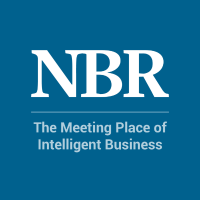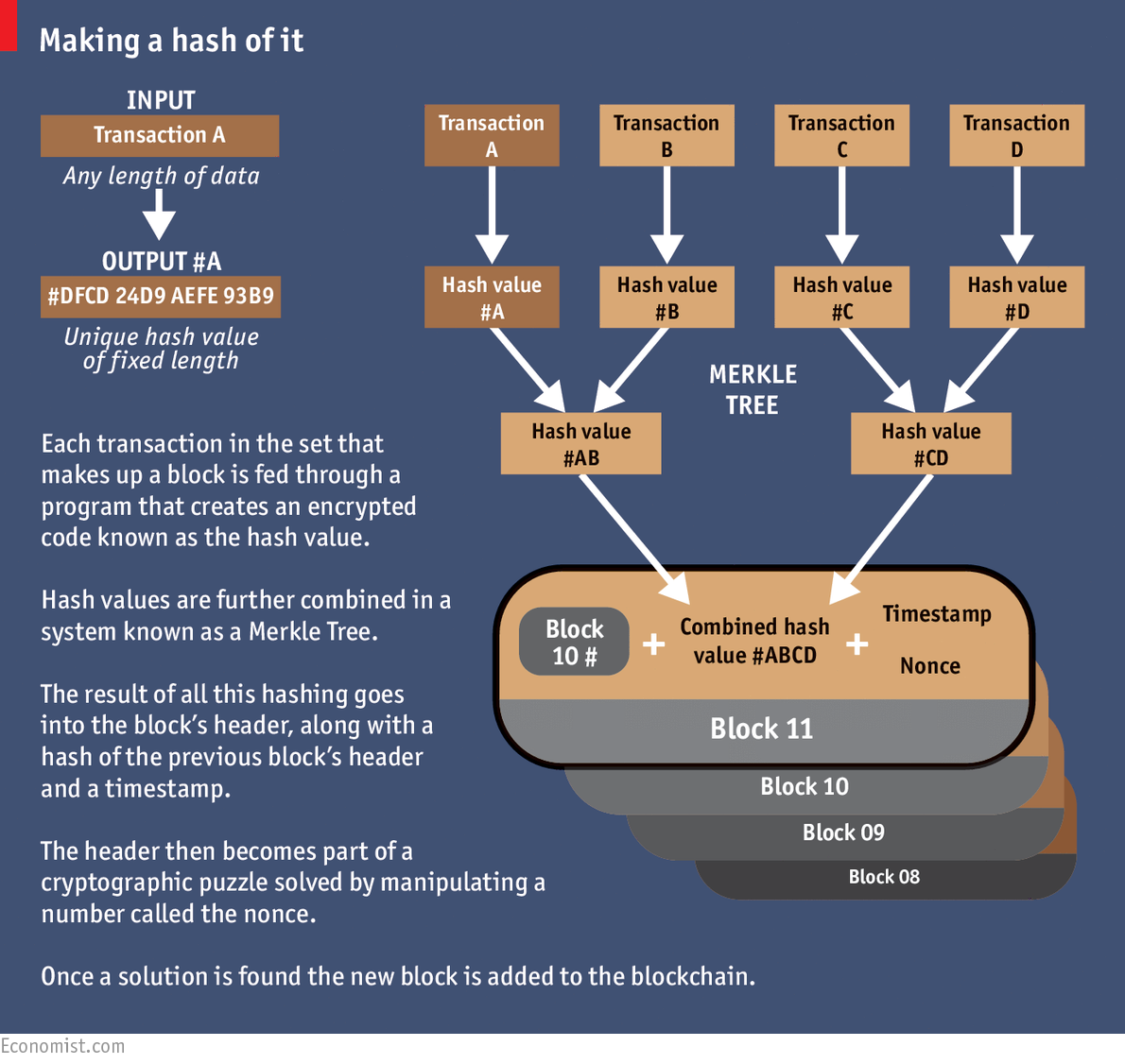Here’s the full text of my latest NBR column:
You might have seen the movie, you might already pay the company for advertising or you might simply be a user. No matter how you interact with Facebook, it’s arguably the one piece of software that everyone online today should understand in detail.
The company was started by Mark Zuckerberg in 2004 as a small business in a university dorm room in the US. The premise was simple – it was a method for people to update their social life on the internet so their friends could see what they were doing.
From this humble beginning the business has now grown to the point where it is regularly used by 1.8 billion people, including almost 80% of all American adults.
The company now offers a range of compelling ways of keeping in touch with people including the capability to upload live video, send instant messages, and call friends free around the world (no-cost international phone calls). This last point is particularly relevant, as it raises the question of how it can offer these services to billions of people without the need to charge a subscription.
Facebook can offer these services free because it also shows advertisements – a lot of advertisements. Last year the company made $US10.2 billion, primarily from advertising revenue.
Advertisers are attracted to Facebook because the average user spends almost an hour a day on the site, and the more time people spend on the site, the more advertisements Facebook can sneak in front of people. The company is showing more advertisements to users than it used to.
Checking for updates
To ensure people keep looking at Facebook, the company spends a lot of money working out how to make sure users constantly check the site for updates. The updates they’re viewing are not simply about their friends but also advertisements and information from commercial organisations including news outlets. Facebook offers people the opportunity to give their feedback on this information by clicking an icon titled ‘like.’ It’s important to note that there is no icon to ‘unlike’ something.
The updates are viewed in a user’s ‘news feed.’ Bear in mind that the news feed may contain what used to be known as news but is more likely to contain a mix of content, some of which might be from reputable media outlets. Almost any organisation can pay for updates that then appear in users’ news feeds. These updates may or may not look like advertisements.
Once users start to ‘like’ information in their news feed, detailed personal data starts to be created. Research has found that after a Facebook user clicks ‘like’ on 70 updates, the company knows more about that person than their friends. Once they get past 170 likes, Facebook knows a user better than their parents.
Knowing users at this level allows Facebook to tailor the information it delivers to each user so they spend more time on the site. The company runs massive social experiments involving hundreds of thousands of users to understand how to manipulate information to boost time on the site and, in turn, boost advertising revenue.
One of the results of this strategy is Facebook users only see information that reflects what they like, because to view information that conflicts with their world view would run the risk that they spend less time on the site.
Shaping public opinion
Another result is that Facebook is now such a compelling way to spend ‘free’ time that over 60% of millennials get their political news from their Facebook news feed. At first glance this might not seem important but it’s critical to understand the role of technology in shaping public opinion in today’s world.
To illustrate this, consider the curious example of the UK technology entrepreneur and commentator Tom Steinberg. He was against the UK leaving the EU, and his Facebook information feeds reflected his preference for this. What this meant was that the day after the result of the referendum, he could not find a single person celebrating the Brexit victory on the site.
Bear in mind that Steinberg is very internet literate, and should have been able to find at least one person in his Facebook network from the 33 million people who voted to leave the EU. However, as he supported the other side of the vote, Facebook filtered his information feed so it only reflected his own world view.
The implications of this start to get complex, so to recap:
- Facebook needs people to spend time using its software, so it can sell more advertising and generate larger profits.
- To achieve this, it uses psychological research to encourage people to return to the site many times a day.
- It also manipulates the information you see so it reflects your world views, which in turn makes you more likely to – you guessed it – spend more time on Facebook.
- The more time you spend on Facebook, the more likely you are to ‘like’ information updates, which then gives the company feedback that allows it to legitimately say that it knows billions of users better than their parents know them.
Political business model
At this point you may think that this isn’t really a significant issue because, after all, it’s only Facebook. However, the influence of the company now extends well beyond influencing the virtual world and is having a real impact on the physical world.
Facebook recognises the influence it now can exert and this translates into new business models. One of these models is focused on politics, as it points out on its own website where it gives the example of how Facebook was a crucial tool in the election of a senator in the US.
On its site, there is a quote from one of the leaders of this campaign which states: “Facebook really helped us cut through the clutter and reach the right voters with the message that matters most to them. In a close race, this was crucially important.”
The key phrase here is “the message that matters the most to them.” Now recall the point that over 60% of millennials get their political view of the world via Facebook. When you combine these two points, Facebook makes it possible to target voters with the ‘right message’ in a way that simply hasn’t been possible in history.
Granted that there’s a rich history of politicians manipulating the media but the reach of Facebook makes the power of the software unprecedented. To put this in a local perspective, research in 2015 revealed more than two million New Zealanders use the software every day.
Suppressing the news
Consider a scenario where Facebook itself wants to influence an election – perhaps opposing a candidate who favours regulation that limits the influence of the company. It would be remarkably easy for the company to suppress news and support for that candidate, without people even knowing it was doing so.
So what does this mean for the average Facebook user?
Next time you check your Facebook feed, consider what information you’re giving to Facebook, and how it might be used. People freely give the company deeply personal information, and the power of that data gives the company both enormous profit and enormous influence. Most of the media headlines about Facebook focus on the former.
For most active Facebook users, the closest real-world analogy to the software would be a casino where it’s free to play and your payout isn’t cash but information that makes you feel good about yourself. For Facebook, the result is the same as a casino – a license to print money.



